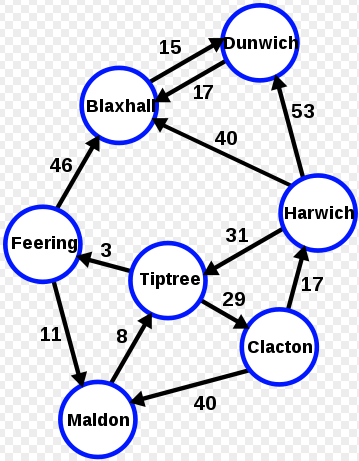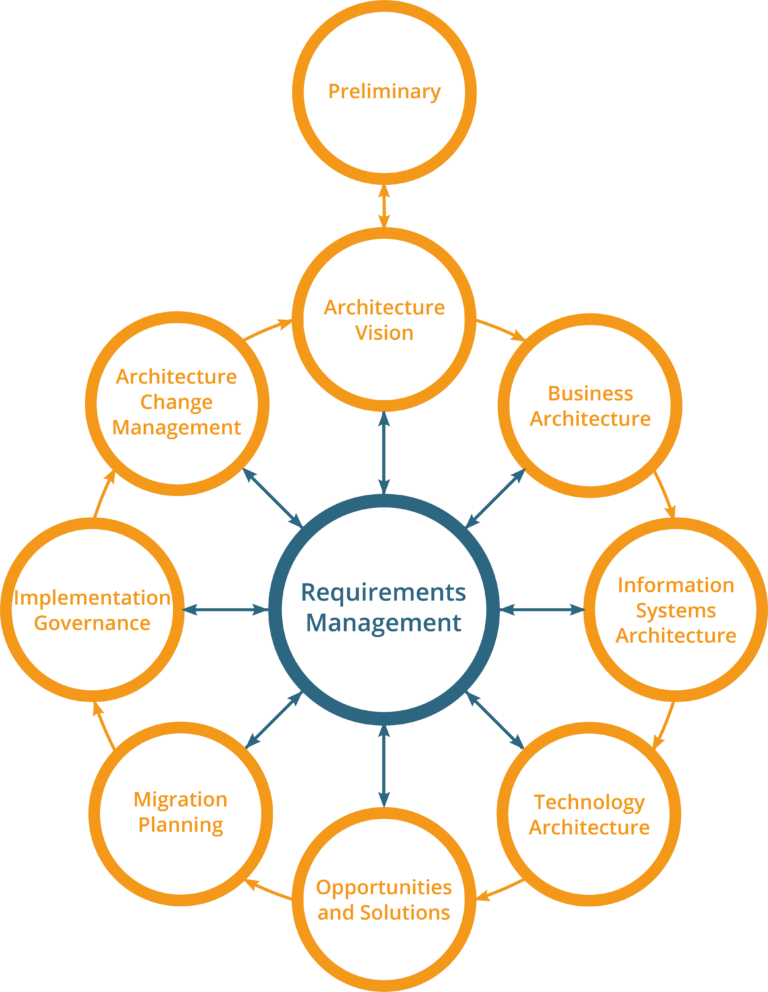What About Graph Databases
Graph databases are a type of database that stores data in the form of nodes and edges. Nodes represent entities, such as people, places, or things, and edges represent relationships between those entities. This makes them well-suited for storing and querying data that has relationships between different entities, such as social networks, fraud detection, and recommender systems.
Graph databases are becoming increasingly popular, as they offer a number of advantages over traditional relational databases. For example, graph databases are more efficient at querying data that has relationships between different entities. They are also more flexible and scalable, making them a good choice for storing and querying large amounts of data.
Key Trends in Graph Databases
- The increasing popularity of social networks: Social networks are a type of graph database, and they are becoming increasingly popular. This is driving the demand for graph databases. For example, Facebook is a social network that stores data about its users, such as their friends, interests, and posts. This data is stored in a graph database, which allows Facebook to efficiently query the data to find friends, recommend content, and detect fraud.
- The growth of the Internet of Things (IoT): The IoT is a network of physical objects that are connected to the internet. These objects generate a lot of data, and graph databases are well-suited for storing and querying this data. For example, a smart city might use a graph database to store data about its infrastructure, such as traffic lights, streetlights, and water pipes. This data could be used to optimize traffic flow, prevent accidents, and detect leaks.
- The need for real-time analytics: Businesses are increasingly looking for ways to analyze data in real time. Graph databases are well-suited for this, as they can efficiently query large amounts of data quickly. For example, a stock exchange might use a graph database to store data about its trades. This data could be used to detect anomalies and prevent fraud.
- The development of new graph database technologies: There are a number of new graph database technologies being developed, such as graph analytics and graph machine learning. These technologies are making graph databases even more powerful and versatile. For example, graph analytics can be used to identify patterns in graph data, and graph machine learning can be used to train models that can predict future behavior.
Applications of Graph Databases
Graph databases are being used in a variety of applications, including:
- Social networks: Graph databases are used to store and query data about social networks, such as user relationships and posts. This data can be used to find friends, recommend content, and detect fraud.
- Fraud detection: Graph databases are used to detect fraudulent activity, such as credit card fraud and money laundering. This is done by analyzing the relationships between different entities, such as transactions and users.
- Recommender systems: Graph databases are used to recommend products, services, and content to users. This is done by analyzing the relationships between users and items.
- Natural language processing: Graph databases are used to analyze natural language data, such as text and speech. This is done by representing the data as a graph, where nodes represent words or phrases and edges represent relationships between words or phrases.
- Transportation: Graph databases are used to plan and optimize transportation networks, such as traffic routing and logistics. This is done by representing the network as a graph, where nodes represent intersections and edges represent roads.
- Healthcare: Graph databases are used to store and query data about patients, such as medical records and prescriptions. This data can be used to improve patient care and prevent diseases.
Examples of Popular Graph Databases
- Neo4j is the most popular graph database. It is open-source and has a large community of users and developers. Neo4j is known for its high performance and scalability. It is a good choice for a variety of applications, including social networks, fraud detection, and recommender systems. neo4j.com Neo4j graph database
- ArangoDB is another popular graph database. It is open-source and has a strong focus on scalability and performance. ArangoDB is a good choice for applications that require a lot of data throughput, such as real-time fraud detection and social media analytics. www.arangodb.com ArangoDB graph database
- Amazon Neptune is a graph database service offered by Amazon Web Services (AWS). It is a good choice for businesses that want to use the power of graph databases without having to manage the underlying infrastructure. Neptune is fully managed, so you don’t have to worry about things like provisioning servers, installing software, or patching security vulnerabilities. aws.amazon.com Amazon Neptune graph database
- Microsoft Azure Cosmos DB is a fully managed NoSQL database service offered by Microsoft Azure. It includes a graph database API, so you can use it to store and query graph data. Cosmos DB is a good choice for businesses that want to use a scalable and reliable graph database without having to worry about the underlying infrastructure. devblogs.microsoft.com Microsoft Azure Cosmos DB graph database
- OrientDB is an open-source graph database that is known for its flexibility and scalability. It supports a variety of data models, including graphs, documents, and key-value pairs. OrientDB is a good choice for businesses that need a graph database that can be used for a variety of applications. orientdb.org OrientDB graph database
comparison of these graph databases:
| Feature | Neo4j | ArangoDB | Amazon Neptune | Microsoft Azure Cosmos DB | OrientDB |
|---|---|---|---|---|---|
| Open-source | Yes | Yes | Yes | Yes | Yes |
| Fully managed | No | No | Yes | Yes | No |
| Scalability | Good | Good | Good | Good | Good |
| Performance | Good | Good | Good | Good | Good |
| Features | Wide range of features | Wide range of features | Graph database API | Graph database API | Flexible data model |
| Community | Large and active | Large and active | Active | Active | Active |
The best graph database for you will depend on your specific needs and requirements. If you are looking for a popular and well-supported graph database, Neo4j is a good choice. If you need a scalable and reliable graph database that is fully managed, Amazon Neptune is a good option. And if you need a flexible graph database that can be used for a variety of applications, OrientDB is a good choice.
Final Thoughts
Graph databases are a powerful and versatile tool that can be used to store and query data that has relationships between different entities. They are becoming increasingly popular, and they are likely to play an even more important role in the future.





